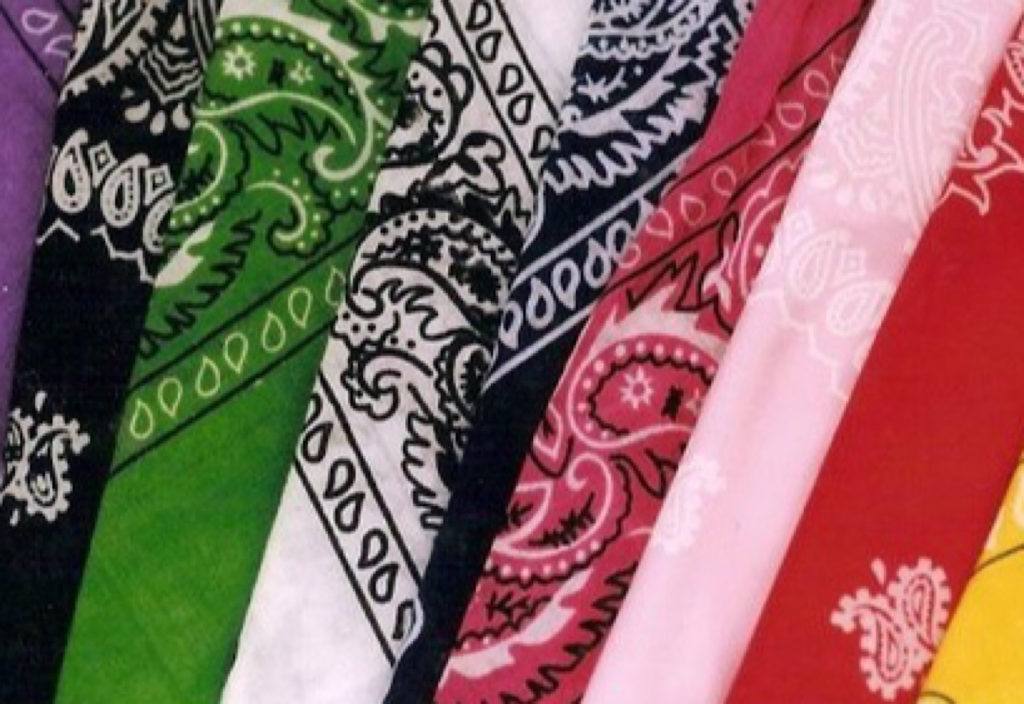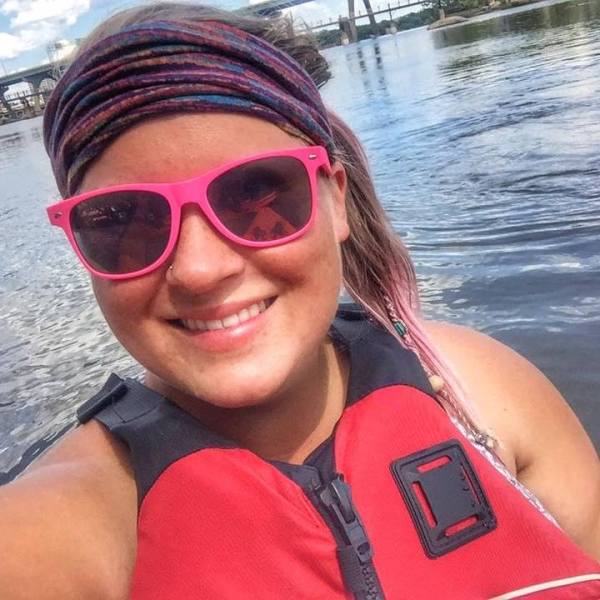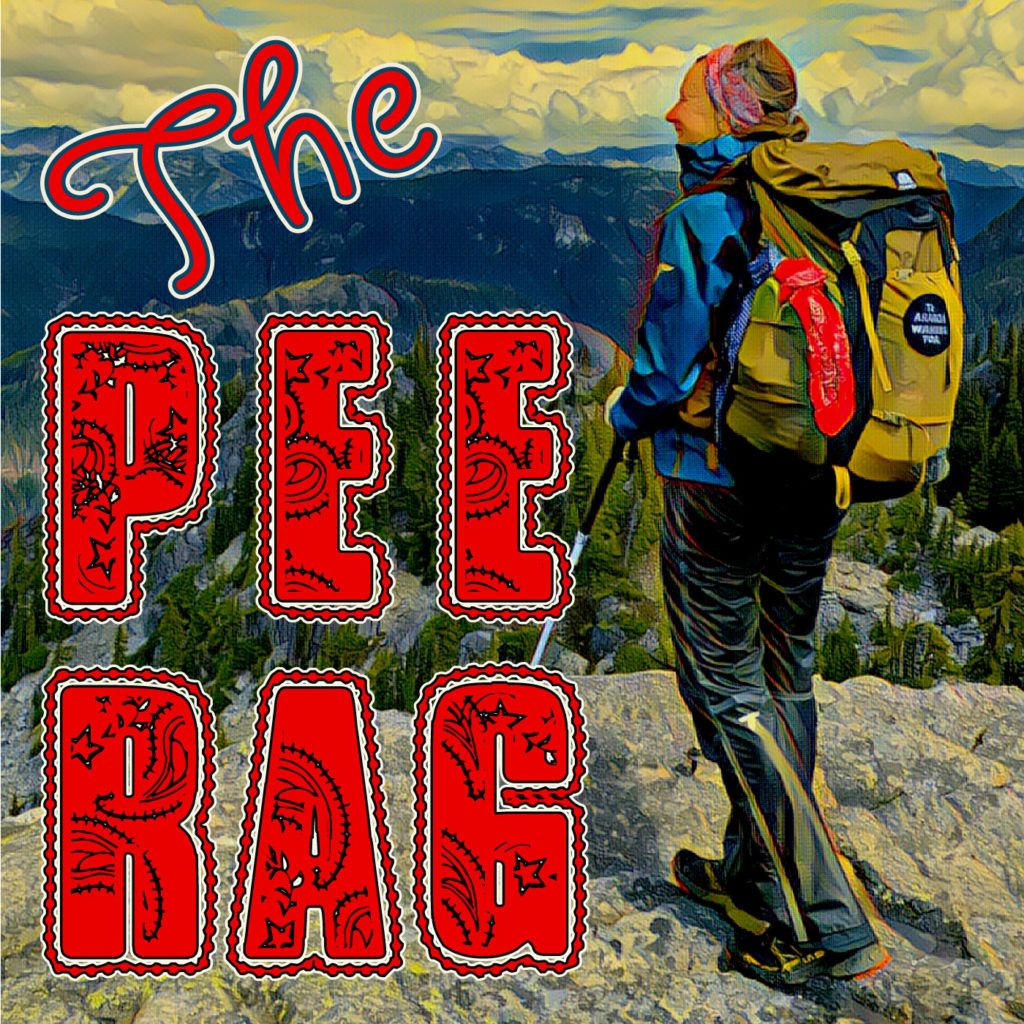What is a pee rag? Let’s just say, it’s a tool that enables a female hiker to get the job done without fuss or muss, and focus on being her badass self on the trail.
Blissful Hiker, “The Pee Rag” Episode 1

It is not an overstatement to say reading Stacia Bennett‘s article on for The Trek “Gear Essentials for Women” changed my hiking life. My discovery began with a question posed in the private all-women Te Araroa Facebook , “Are any of you ladies taking a ‘pee rag’ on the TA?” I had no clue what this gal was referring to and obviously needed to get myself enlightened – or look the fool. Dr. Google led me straight to Stacia, a.k.a Tink, and once educated, I never looked back! I hope you enjoy this Asheville-based, former teacher turned nomad, Appalachian Trail thru-hike-attempt-turned-long-ass-section hiker’s explanation on a requisite piece of kit for every women’s backpack.
It’s super simple to start using a pee rag. The biggest decision you have to make is what material to use. For my long hikes, I chose to stick with a plain old cotton bandanna.
A bandanna is lightweight and since the cotton is thin, it’s pretty quick drying. Cotton is gentle on the skin and absorbent. So, pick your favorite pattern for $1 at the Wally World. Tie it to the back of your pack, and BAM! You’ve got yourself a pee rag.
Ok, I know what you are wondering. What the heck is a pee rag??
Actually, if you’ve spent any time at all on a long trail you’ve probably heard of them, and you’ve likely seen them hanging off the pack of the badass lady hiker in front of you.
A “peedanna”, or pee rag, is a bandanna or similar cloth that is designated for wiping after urinating in the woods. A lot of women opt to use a pee rag instead of toilet paper. There are a multitude of reasons why you’d want to make the switch to a pee rag. For me, the ease and convenience were the biggest factor.

Here are a few things to consider:
Pros
Trash – The single biggest advantage that I’ve found to using a pee rag instead of toilet paper is less trash. When in the wilderness, you have to pack out what you pack in. This includes wipes and toilet paper. Using a pee rag to wipe urine instead of a wad of toilet paper decreases your trash accumulation, and also means you carry less toilet paper, so less weight which is always good.
Ease of use – You can hang it off your pack so it’s always accessible. Just grab and go when nature calls. You can store it OUTSIDE your pack so there’s no rummaging down into the bottom of your pack while doing a little dance trying to hold it.
A pee rag will not disintegrate when it gets wet and/or become completely useless like toilet paper will. Which means if you get caught in a sudden unexpected downpour on your way to pop a squat in the middle of the night, you don’t end up with a mushy mess in your hand that you can’t use.
Hygiene – I’ve found it much easier to get clean and dry using a pee rag rather than toilet paper. In the wilderness, excess moisture in your lady regions means chafing at best and a UTI or other serious infection at worst. When the urge hits after a big climb in the middle of summer, you’re going to be sweaty. Sweaty bum + toilet paper = probably a mess.
Cons
Smell – While I’ve never gone long enough between washes for my pee rag to start to give off a noticeable odor, I do know some hikers that frequently went more than a week without a shower or laundry. I can imagine a pee rag WOULD indeed start to smell after multiple days between washes.
I generally went 3-4 days and this was never an issue. You can also easily collect water from a stream and move 200 feet away to give it a rinse while in the woods – I did do this on occasion.
Cleanliness – Some folks have what I consider to be an unfounded concern about the rag being clean. Urine has a pretty low microbial content in healthy human, and you shouldn’t be using it for feces (or wiping back to front). Some say that by hanging it from the back of your pack, the UV rays from the sun help to sterilize it.
While I can see this being the case if you were hiking through the desert, most of us know too well about the “green tunnel” that is the Appalachian Trail. I personally just think that the fact that it’s hanging on the outside of your pack, in the fresh air and occasional sunshine, is enough to inhibit bacterial growth between washes. Just don’t forget to throw it in the laundry when you get to town.
Which brings me to laundry – you DO have to remember to wash it when you get to town. But if you were using toilet paper, you’d have to remember to buy more toilet paper, so I guess it evens out?
Just don’t forget. This was a constant struggle for me on my trip. I frequently forgot my pee rag and my face rag hanging on my pack, and my socks for some reason, when I went to do laundry.
Boy hikers may be grossed out by it, but who really cares, right? Just be careful not to throw your pee rag around on anyone else’s things.

Tips for Using a Pee Rag
Bandannas come in basically any color or pattern – I generally recommend darker colors with heavy patterns to disguise any stains or discoloration.
You may want to tie a knot in one end to distinguish a “handle” so you’re not holding your rag on the end that you pee on.
Gram weenies (no offense meant here, guys) may choose to cut the bandanna down smaller – how small depends on your own preference.
If you use a bandanna for any other purpose, be careful not to mix them up! You don’t want to wipe your face or dry your cookpot with the bandanna you’ve been wiping urine with. Color-code so you can tell them apart, or label your pee rag with a sharpie.
Where you tie it on your pack depends on a few factors. I like mine to be on the back of my pack and close to the top. This keeps it from being in the dirt if you set your pack on the ground. Having it close to the top allows sunlight to reach it if you happen to emerge from the green tunnel.
So there it is
I highly highly recommend a pee rag for use on any hike. The pros definitely outweigh the cons for me.
What are your thoughts? Have you used a pee rag and loved it? Hated it? Tell me in the comments.



2 Responses